Welcome, Commander players! This primer lays out the basics of playing Golgari in Commander, and will be part of a ten-part series that covers all of Magic’s two-color pairs. In this series, we’ll go through the strengths and weaknesses of each color pair, as well as common play styles.
Life, death, and the recycling of resources is the essence of Golgari. This theme is reflected in many of the green-black decks you’ll see at the table. Resources aren’t expected to be single use-only, and savvy players will figure out how to get the most bang for their buck with this color pair. Green is the color of life, vitality, and a oneness with nature. Black is the color of death, power, and the desire to fulfill one’s interests. In spite of these differing ideologies, they blend into a powerful pair; ready to take on those that oppose them.
Strengths
Graveyard recursion: To a Golgari player, the graveyard is not the final destination, but rather a stopping point to be utilized. The green-black color pair has the best ability to pull cards from their graveyard, and this strength shapes the way many Golgari decks are played. By filling up the graveyard, the Golgari player can use it like a second hand of cards, allowing them to expand their potential lines of play.

Self mill is a common through line in graveyard recursion decks, and it is paired with ways to grab those resources back. Cards like Grisly Salvage and Satyr Wayfinder help fill the graveyard, while things like Eternal Witness and Golgari Findbroker help you grab what you need. Being able to mill yourself repeatedly will allow you to get access to your answers quicker, or to keep them stored away until you need them. The beauty of this in Commander is that the 100-card deck makes milling out far less likely.
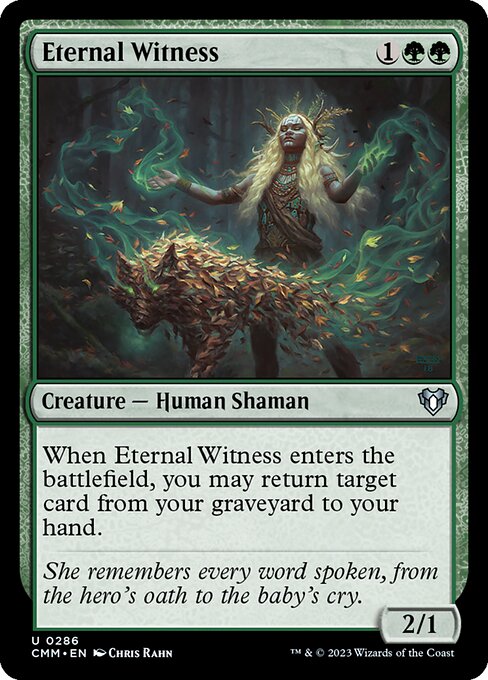
Dredge is one of the most broken mechanics in the history of Magic, and graveyard-based decks will employ a few pieces to help keep the flow of cards moving. By sprinkling a few of these cards in, it will allow you to manage the size of your graveyard throughout the whole game. Life from the Loam and Golgari Thug are two of the most popular, with the latter offering a way to get creature cards back on the same card. Also, you can use Dredge to help rebuild your graveyard, if it were to get exiled from a card like Scavenger Grounds. The smarter you play with Dredge as a mechanic, the more success you’ll have with graveyard strategies.

Single target removal: Golgari offers some of the most efficient unconditional removal. Look at the Modern and Pioneer, and you’ll see players slinging spells like Abrupt Decay and Assassin’s Trophy. Also, with those graveyard recursion engines, you can keep buying back your cards as the game goes on. By baking in some removal that is attached to creatures, you can use a card like Tortured Existence to get extra mileage out of Shriekmaw or Caustic Caterpillar.
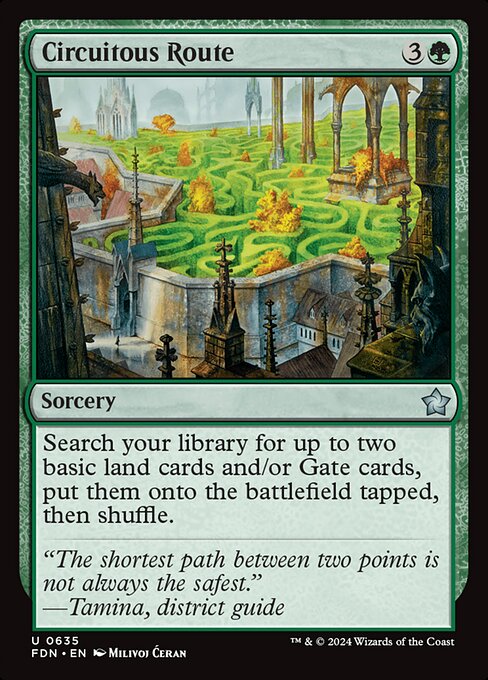
Ramp: For ramp in Golgari decks, green does the majority of the heavy lifting. While having access to black gets you into cards like Nirkana Revenant and Crypt Ghast, those simply aren’t worth running in a multicolored deck. Sure, you can play Urborg, Tomb of Yawgmoth, but it’s a reach to make those black mana doublers work in a multicolored deck.
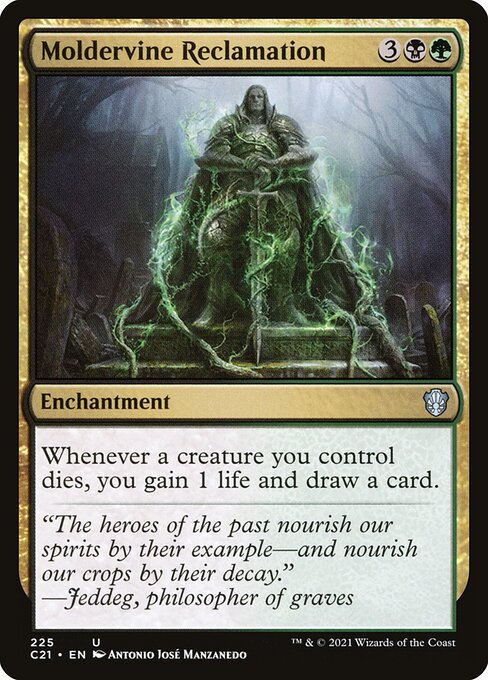
Card draw: For not having access to blue, there are a surprising amount of card draw options for Golgari decks. Aristocrats decks can benefit from Deathreap Ritual and Moldervine Reclamation. For monocolored draw spells, we’re looking at mostly sorcery-speed options, like Harmonize or Read the Bones. Since there is quite a bit of variance between these options, the turns can get rather swingy. One turn might have you casting Harmonize for some decent value, or you might have Moldervine Reclamation completely refill your hand off of a board wipe.

Board Wipes: On their own, black and green can produce some formidable sweepers, such as Bane of Progress or Damnation. To add to that, Pernicious Deed and Gaze of Granite can reset the game. With the aforementioned graveyard recursion engines, Golgari decks are better-equipped to recover their lost cards than others at the table.
Weaknesses
Golgari has a lot of resiliency for lasting a game of Commander, but there are a handful of weaknesses as well.
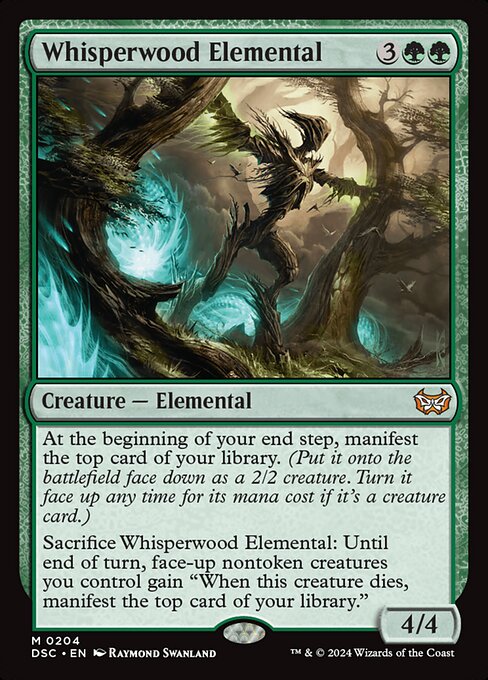
For instance, Golgari decks can be fragile to board wipes. Without countermagic, or cards like Teferi’s Protection, Golgari decks can get hit hard from an opponent’s sweeper. Their graveyard recursion can help them rebuild better than others, but sometimes winning and losing can hinge on who has the well-timed Boros Charm. Heroic Intervention is the main option for these situations, but choices dwindle pretty rapidly afterwards.
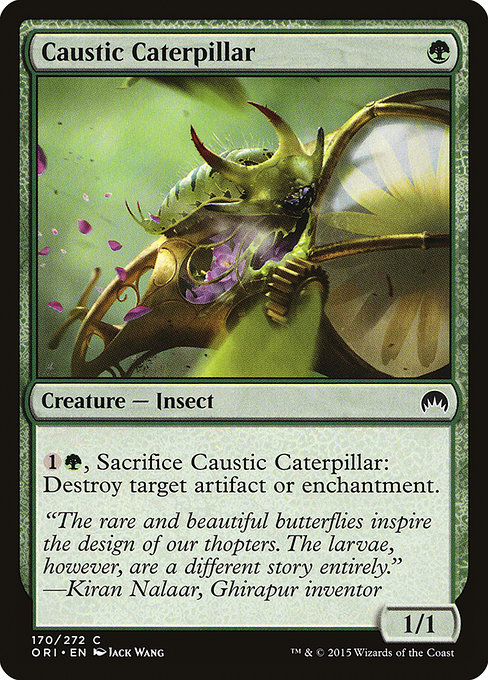
Depending on how much you lean into graveyard recursion or sacrifice strategies, some graveyard hate can really shut a deck off. Rest in Peace and Leyline of the Void are two such offenders, and they can leave a Golgari player high and dry. However, with the amount of good removal that is at our fingertips, we can dig ourselves out eventually.
Common Commanders and Archetypes
Graveyard Recursion

Meren of Clan Nel Toth is the queen of this category, and can be built with a slew of different options. Players will usually employ sacrifice strategies, as well as other graveyard engines to keep the value coming.

Birthing Pod and Survival of the Fittest are all-stars here, and can get out of hand really quickly if not kept in check. Whether you want to lean into finding combo pieces, or simply generate a ton of card draw value, graveyard recursion decks are quintessentially Golgari. Other common favorites in this category are Glissa, The Traitor and The Gitrog Monster.
Creature Sacrifice
Golgari is a common color pair for “aristocrats” strategies, that revolve around sacrificing multiple creatures to get more value. Mazirek, Kraul Death Priest and Izoni, Thousand-Eyed are two solid options to consider.
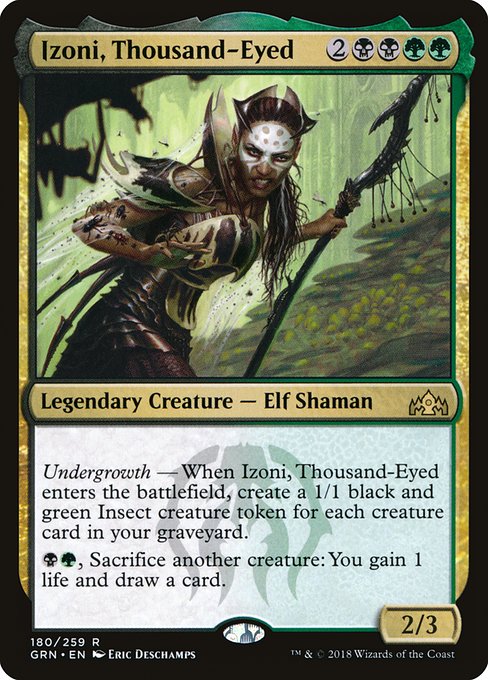
A nice thing about these decks is that they’re great against targeted removal. You’re less likely to have someone try and cast Swords to Plowshares on your creature if it can be sacrificed for value, effectively blanking the spell.
Other Oddities
While we discussed a lot of graveyard-centric decks here, there are still plenty of other directions you can go with Golgari. For instance, Hapatra, Vizier of Poisons allows you to tinker around with -1/-1 counters, and various other cards with Proliferate.
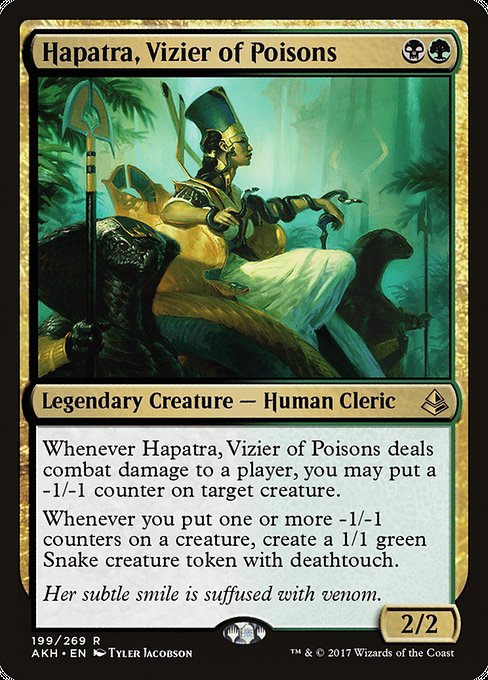
Slimefoot, the Stowaway can be built into Saproling tribal, with plenty of token-producers built in. But if you just want to turn a huge creature sideways, then Skullbriar, the Walking Grave is a bruiser of a Voltron deck. These three options, alongside many other Commanders in the color pair, can give you some real creative flexibility.
Final Take
Golgari is a color pair that favors value engines which use the graveyard as a tool, expanding your ability to react to various board states. It can be weak to massive sweepers, but offer a variety of card advantage tools to keep you competitive throughout the game cycle.
Thanks for reading this edition of the guild primer; we’ll be back for more soon!
Travis is a Connecticut-based player and writer, who has been turning things sideways since Starter 1999. He primarily plays Commander, Pauper, and Modern, and has a passion for introducing new players to the game. When he isn’t attacking with red creatures, he can be found mountain biking or playing the guitar. You can follow his exploits here on Twitter and Instagram.

